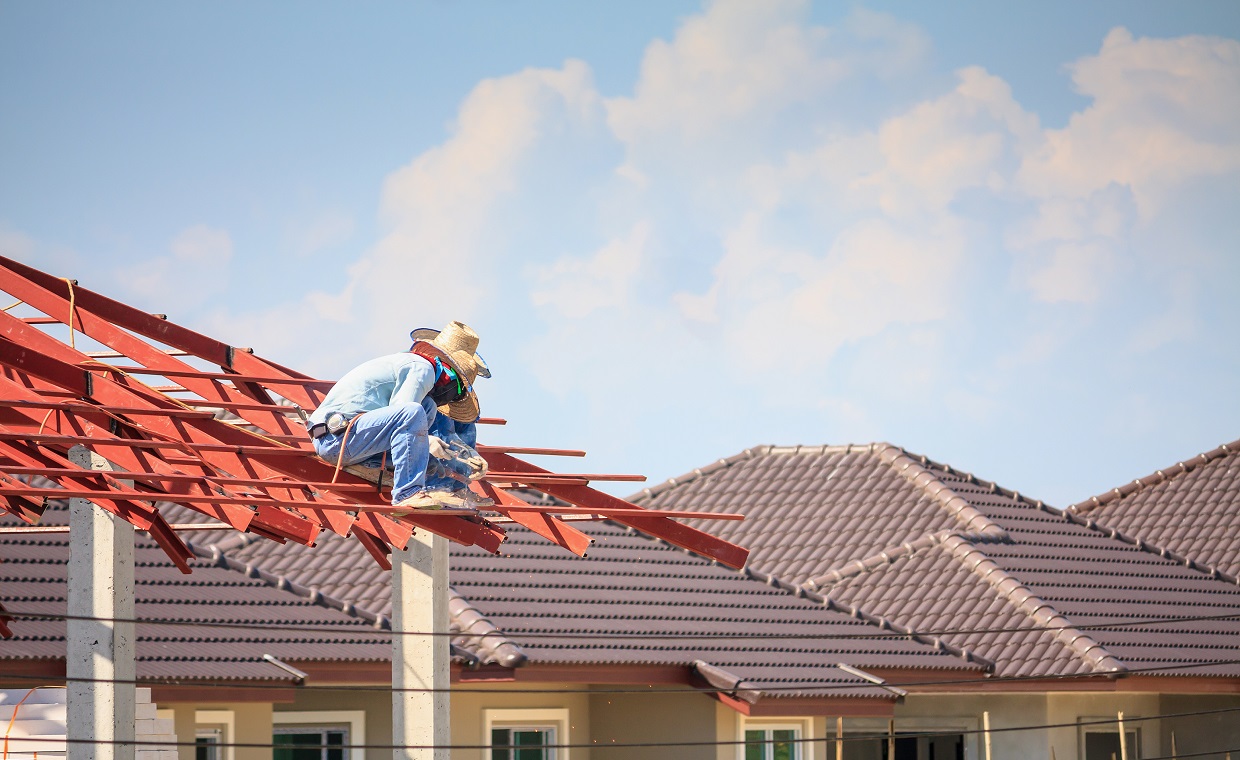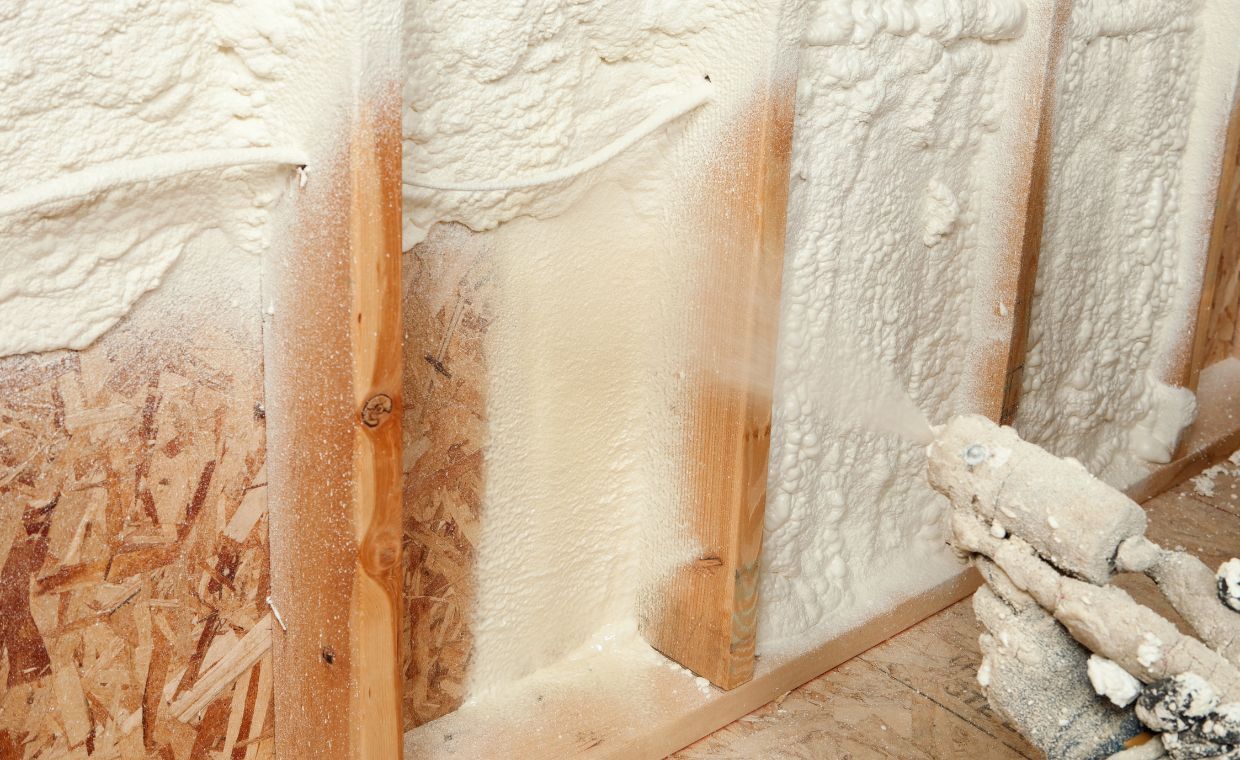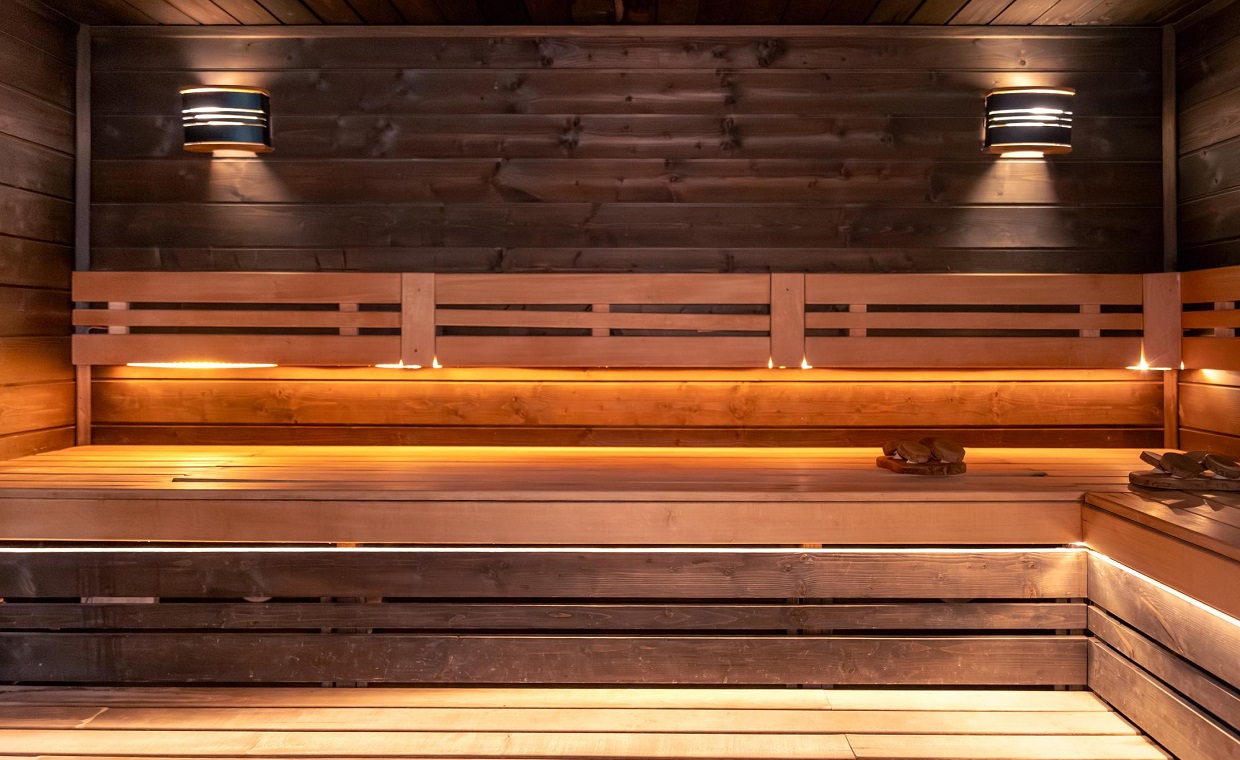
Waterproofing in the building is done to prevent water from penetrating a home. Take necessary measures for waterproofing at the time of construction stage. It will prevent moisture at the initial stage. Waterproofing may also be carried out after a building is built, to address problems as they emerge. Waterproofing terminology is the terms of waterproofing which helps to understand waterproofing system. Here is certain basic waterproofing terminology.
From the viewpoints of owner, building waterproofing is important because it keeps a building dry.
Waterproofing Terminology
Following are the basic terms of waterproofing.
01. Abrasion:
Abrasion is the process of scraping or wearing of surface materials by friction. Surface particles become detached by a combined action of shearing and tearing.

02. Absorption:
It is the process in which fluid penetrate into small pores of the material.
03. Adhesion:
It is the force acting on the interface of two solid materials when sticking or attaching to one another.
It is the tendency of the different particles or surfaces to hold on tightly to one another
04. Admixtures:
The admixture is a material other than water, aggregates, and cement and used as a component of concrete or mortar.
It helps to modify the properties like the heat of hydration, accelerate or retard set, workability, water reduction, dispersion and air-entrainment, impermeability and durability.

05. Alkalinity:
Alkalinity is the condition of having or containing alkaline substances with (OH-) ions to cause its ph more than 7. It is the sign of the relative higher amount of the H- ions concentration.
An alkaline compound like hydroxides and carbonates eliminate H+ ions from the water and lowers the acidity of water and result in higher pH.

06. Ambient Temperature:
It is the environmental temperature surrounding objects which needs the power supply and cooling medium.
07. Anode:
It is the positive charged electrode where oxidation occurs due to electrons moving into the electrode.
08. Bond Breaker:
It is a self-adhesive non-woven polyester fabric which is used to facilitate independent movement between two units, which would otherwise behave monolithically.
They are available in liquid, spray, rods and tape forms. They are such products that form a membrane which allow the surface to be separated easily.
09. Burlap:
Burlap is a coarse fabric of jute, hemp, or flax which is used as a water retaining cover while curing cementitious materials.

10. Capillary Action:
Capillary action is a rise of fluid in a small diameter tube due to the surface tension of the fluids.
It is the movement of a liquid through or along the surface of another material in spite of other forces, such as gravity.
Water is good at capillary action than the other fluids.

11. Carbonation:
It is the process of conversion of calcium hydroxide in the hardened cementitious material into calcium carbonate due to reaction with atmospheric carbon dioxide which makes concrete brittle. Carbonation of concrete initiate corrosion of reinforcement.
12. Cathode:
At negative potential, electrons are drawn away from it and a chemical reduction reaction occurs.
13. Cathodic Protection:
It is the method of protecting the metal from corrosion by making it, a cathode by impressed current by the introduction of a lesser noble metal.
14. Chloride Content:
It is the total amount of chloride ions including the fixed chlorides (non-soluble in pore water) present in concrete or mortar
15. Cold Joint:
Cold Joint is a construction joint formed due to the setting of concrete/mortar before placing of next batch of material.
It is a plane of weakness or discontinuity formed when a concrete or mortar hardens before the next batch is placed against it. Many times this becomes a cause of leakage.

16. Condition Survey:
The condition survey is an examination of structure for the purpose of identifying and defining the area of distress. It is the assessment of physical conditions and should identify deficiencies, and maintenance.
17. Corrosion:
Corrosion is the process of deterioration of concrete or reinforcement due to chemical or electrochemical change caused in the presence of moisture. It will lead to the loss of quality of the element as a result of freezing or chemical reactions.
It will result in loss of area of steel. Corrosion in building is like cancer in building. If not attended in time, it will lead to irreparable damage.

18. Corrosion Inhibitors:
It is the chemical, when added to concrete in small proportions, checks or retards the process of corrosion of embedded steel reinforcement.
19. Cover:
It is the least distance between the surface of the reinforcement and the outer surface of the concrete. It lies between reinforcement and the outer surface of the concrete to protect the reinforcement from corrosion. Adequate cover is also needed to protect steel from fire.
20. Creep:
Creep is the irrecoverable strain caused to a solid material due to movement and deformation under constant stress for a long duration.
Creep is more severe in materials that are subjected to heat for long periods and increase with the increase in temperature.

21. Curing:
It is the process of maintaining sufficient moisture and temperature in the concrete after its placing in position, which is absolutely necessary for its complete hydration. If concrete/mortar is not cured properly, material will never gain desired strength.
22. Defects:
It is a shortcoming, imperfection, or lack of quality standard in material selection or workmanship.
23. Delamination:
It is a separation, splitting or cracking roughly parallel and near to surface due to which significant loss of mechanical toughness is observed.
24. Depassivation:
It is the loss of alkalinity in the immediate vicinity of steel reinforcement due to carbonation process so as to cause dissolution of its protective passive layer.
25. Design Service Life:
The life specified for the structure at its design stage for it to adequately perform its functions.
It is the period or time during which the structure or item is expected to work within its specified parameters.
26. Deterioration:
It is the process of becoming worse or decay with the time. The building structure is subjected to the process of becoming progressively worse due to faulty materials and faulty construction.
27. Disintegration:
Disintegration is the process of breaking into small fragments or losing cohesion or losing strength.

28. Dry Pack Concrete:
It is a stiff mix of concrete/mortar usually compacted by ramming for filling patches where reinforcement is exposed or holes which extend through and through wall or beam.
29. Drying Shrinkage:
Drying shrinkage is defined as the shrinkage caused due to loss of water from concrete after its hardening. It may lead to cracking, warping, and deflection before the concrete is subjected to any kind of loading.

30. Durability
It is the characteristic of a structure or any element to resist gradual degradation of its serviceability in a given environment for the design service life. In other words, durability is the ability to withstand wear, pressure, or damage which will define its life.
31. Electrolyte:
Any substance like liquid and gel which when dissolved in water or other suitable solvent forms a solution that conducts electricity, due to ionic dissociation of the dissolved substance in a solvent.
32. Environment:
The surrounding conditions of temperature, humidity, chemicals, etc. of a structure or structural member to which it is exposed to.
33. Epoxy:
Epoxy is a high strength adhesive compound formed as a result of polymerization of resin at an ambient temperature in the presence of a specified proportion of hardener.
It is also a flexible resin or adhesive which gains property like hardness, smoothness and flexibility after it dries.

34. Erosion:
It is a progressive or gradual disintegration of a solid by the abrasive or cavitations action of gases, fluids or solid motion.
35. Ettringite:
It is the expansive crystals that swell due to absorption of water in the alkaline environment. These crystals are formed due to the reaction of alumina containing hydrates in hardened cement paste with sulphate ions in the presence of calcium hydroxide.
36. Evaluation:
It is the making of judgement about the amount, number, or value of the structure. It is also an assessment of the quality and importance of the structure using criteria governed by standards.
37. Fatigue:
It is the weakening of a material by repeated or alternating loads.
38. Feather Edge:
It is the bevelled edge of a repair concrete or mortar which is at an acute angle from the surface.
39. Ferrocement:
It is thin reinforced cement mortar construction using more than one layer of continuous small diameter metallic square, expanded, and hexagonal wire mesh.
The material used in ferro-cement structure consists of mortar made with Portland cement, water and aggregate and the reinforcing mesh. The placement of mortar shall generally be done by hand plastering or spray gun device.
40. Fibre Wrap:
It is the integrating woven or non-woven high strength fibre (e.g. E-Glass fibre)
Must Read:
Causes of Waterproofing Failure
The Need of Waterproofing for Your House!
Importance of Waterproofing for your House!
Causes of Leakage in Buildings
































